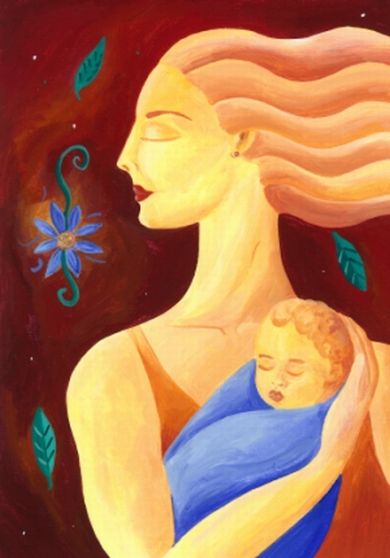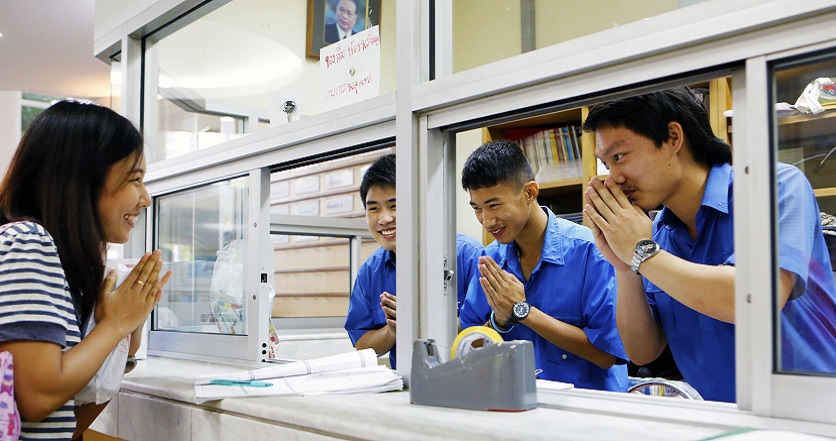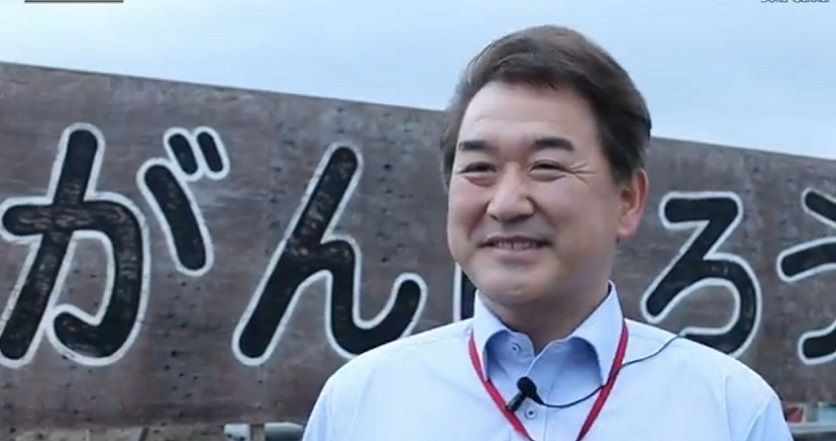Life and Death
Our attitudes and beliefs regarding death have a great influence on our approach to life.
There is perhaps no greater grief than being parted from a loved one by death. And though we know with the surest certainty that our time here is limited and that no one can escape the impermanence of life, this does little to prepare us for the shock of death or to help us approach our own inevitable separation from this world.

Why are we born? Why must we die? What value can we create from this fragile existence? It was from the search for answers to these questions that Buddhism came into being.
Buddhism teaches that we should not shrink from the fact of death but squarely confront it. Our contemporary culture has been described as one that seeks to avoid and deny the fundamental question of our mortality. It is the awareness of death, however, that compels us to examine our lives and to seek to live meaningfully. Death enables us to treasure life; it awakens us to the preciousness of each shared moment. In the struggle to navigate the sorrow of death, we can forge a radiant treasure of fortitude in the depths of our being. Through that struggle, we become more aware of the dignity of life and more readily able to empathize with the suffering of others.
From the Buddhist perspective, life and death are two phases of a continuum. Life does not begin at birth nor end at death. Everything in the universe—from invisible microbes in the air we breathe to great swirling galaxies—passes through these phases. Our individual lives are part of this great cosmic rhythm.
Everything in the universe, everything that happens, is part of a vast living web of interconnection. The vibrant energy we call life which flows throughout the universe has no beginning and no end. Life is a continuous, dynamic process of change.
Early Buddhist teachings, however, saw this process as one of inevitable suffering and focused on the possibility of opting out of it.
Shakyamuni perceived that desire is the fundamental impulse that drives life onward, tying us into the cycle of birth and death. At each moment, impulses of various desires prompt thought, speech and action, which comprise the latent force of our individual karma. Through these causes and effects, actions and reactions, we shape ourselves and our circumstances from instant to instant, perpetuating a fluid process that has continued over countless existences. Moreover, Shakyamuni taught there is no permanent soul or self that has existed throughout all this time but simply the continuity of karmic energy that generates the illusion of an unchanging essence or self.
Eliminating desire, then, would cut off the energy that fuels the cycle of life and death, and at death, one’s life would be extinguished once and for all. This blissful state of annihilation—nirvana—was the final goal of early Buddhist teachings and continues to be regarded as such in many Buddhist traditions today. Life, in this perspective, is a cycle of suffering from which one can eventually escape.
The Lotus Sutra, however, brings forth a completely revolutionary view of human beings, asserting that there is a profound purpose to our lives in this world.
This Buddhist scripture, which Nichiren and a lineage of Buddhist scholars before him regarded as the most complete and perfect expression of Shakyamuni’s enlightenment, emphasizes that the essential nature of our lives at any moment is that of a Buddha. Awakening to the truth of one’s inherent Buddha nature, one discovers this fundamental sense of purpose, and life takes on a completely different and fundamentally joyful quality.
But what is the Buddha nature and how does one awaken to it? In essence, the Buddha nature is the impulse inherent in life to relieve suffering and bring happiness to others. It is encapsulated in the Lotus Sutra by the statement: “At all times I think to myself: How can I cause living beings to gain entry into the unsurpassed way and quickly acquire the body of a buddha?”
The phrase Nam-myoho-renge-kyo that Nichiren advocated his followers chant could be described as the sound or expression of this primordial impulse—this vow—and the recitation of it as a practice that orients one’s life on this vow. Through the wondrous alchemy of this act, the incessant process of change that is life becomes a process of unending growth and transformation.
Our existence itself then becomes an expression of this vow. From the enlightened perspective of Buddhahood, we are born freely into the world with a resolve to awaken others to their Buddha nature. When we are awake to this purpose, the causes and effects within our lives become the causes and effects of Buddhahood: the particular circumstances of our lives and character, our sufferings and triumphs, become the means to demonstrate the power of the Buddha nature and form bonds of empathy with others.
This awakening to the Buddha nature is also sometimes described as an awakening to the “greater self.” Daisaku Ikeda comments, “The greater self always seeks to alleviate pain and to augment the happiness of others here amid the realities of everyday life. Furthermore, the dynamic, vital awakening of the greater self enables each individual to experience both life and death with equal delight.”
Our lives in the world of Buddhahood are not directed by our karma but by our vow, our sense of mission. We are fundamentally free. Unawakened to this reality, or when our lives become disconnected from this vow, we lead lives of “common mortals,” governed by and subject to the vicissitudes of karma.
The beauty of life derives from the great diversity of its expression. Likewise, in human society, the varied nature of our struggles and triumphs, the great variety of ways in which our lives take shape and come to an end, our short or long life spans—all of this, in the triumphant light of our Buddha nature, when we win over the sufferings of life, is revealed as meaningful and valuable.
The ultimate questions of life and death are, in the end, a matter of theory and belief. What matters is how we live, our awareness of life’s preciousness and the value we are able to create during an experience that passes, in Nichiren’s words, “as quickly as a white colt glimpsed through a crack in the wall.” Most of us tend to imagine that there will always be another chance to meet and talk with our friends or relatives again, so it doesn’t matter if a few things go unsaid. But to live fully and without regret is to extend oneself to others to the utmost, bringing one’s full being to the moment, with the sense that it may be one’s last encounter.
The Lotus Sutra’s view of life and death is one that continually opens our awareness to those with whom we share this life, urging us to develop rich and contributive lives. When we take action for the happiness of others, we feel a renewed energy and a sense of connection to our deepest essence. As we continue in these efforts over time, our lives acquire an increasing sense of expansiveness and strength. In this way we bring forth the most positive aspects of our humanity and create a treasured existence together with others.
Courtesy October 2015 issue of the SGI Quarterly.







